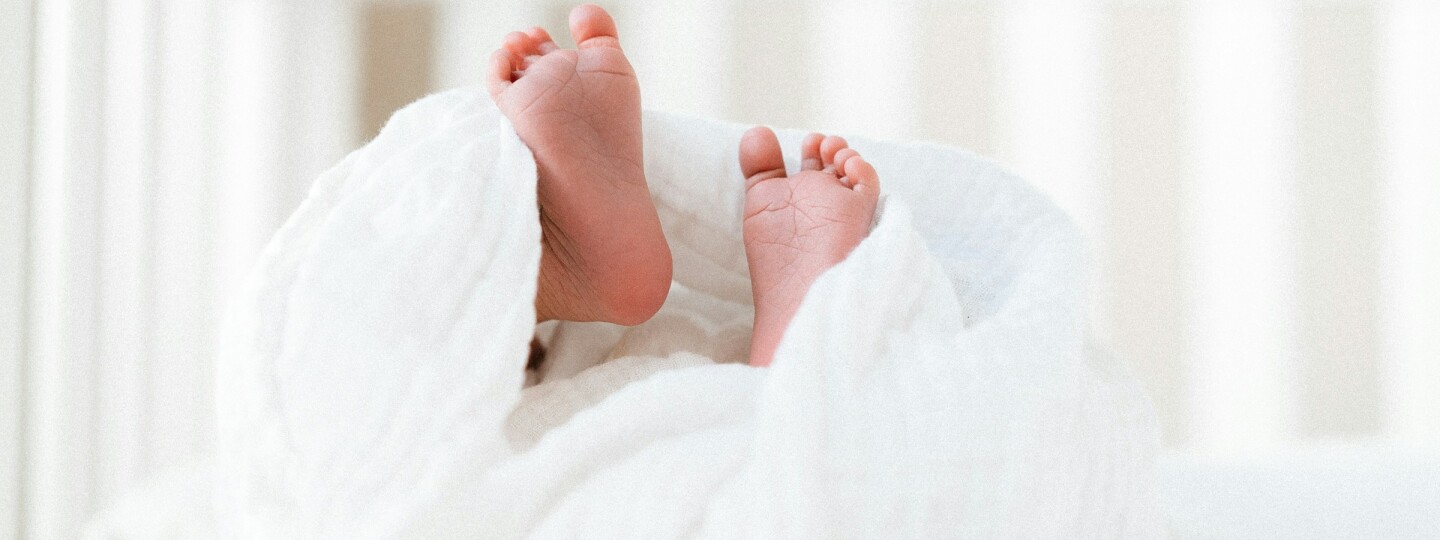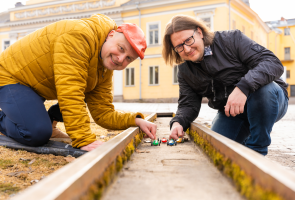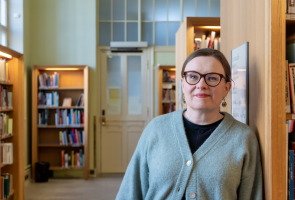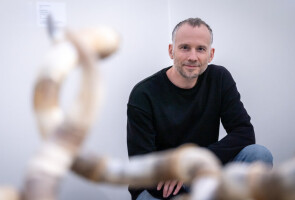How many children are born in Finland annually?
Last year, the total fertility rate in Finland was 1.26. This means the level is already ultra-low, or lowest-low, below 1.3. The total fertility rate is the estimated number of children a woman would give birth to in her lifetime based on the age-specific fertility rate for a given year.
The number of births last year was around 43,000. Currently in Finland, more people die than are born every year. However, the population is still growing because more people are moving into the country than out of it.
When did the birth rate in Finland start to decline?
After the early 1970s, Finland's birth rate remained stable for a long time, but it has fallen sharply since 2010 – by a third in just 13 years.
In a country comparison in the 2000s, Finland stood out from many other countries with its exceptionally sharp fertility decline. In many other low-fertility countries, there has been an increase over this period.
Over a longer period – say 100 years – the birth rate has of course declined worldwide.
What do projections say about future birth rates?
The total fertility rate is a synthetic indicator that is sensitive to changes in the timing of childbearing. Projections show that the number of children women eventually have will also fall, not quite below 1.3, but women born in the 1990s are expected to have an average of about 1.5 children. For women born between 1940 and 1980, the average birth rate remained remarkably stable at around 1.9 children.
What is the lowest possible birth rate?
There doesn’t seem to be a lower limit. In South Korea, the total fertility rate is 0.8, and in the Seoul region it is below 0.6.
There are 8 billion people in the world – isn't that enough?
Global population growth has slowed to a half of what it was at its peak in the late 1960s and is projected to begin declining before the end of this century.
Population growth is now rapid only in sub-Saharan Africa. The birth rate has also declined there, but the age structure of the population is still young, meaning that there are still many young people starting families. However, there seems to be no easy way for the world's poorest and richest countries’ opposite population growth problems to cancel each other out.
Are there any positives to the declining birth rates and population ageing?
Historically, the increase in life expectancy from 40 to 80 years in just 150 years is a very positive change for human life, and the causes are also positive. There are also many benefits in birth rates declining from high to more moderate levels, such as having more resources for the children that are born. However, with the birth rate declining rapidly to very low levels and the share of older age groups in the population rising sharply, the welfare system in a country like Finland needs to be reconsidered.
In particular, the proportion of the oldest adults, aged 85 and over, is increasing in Finland and they often need 24-hour care. Living to an old age is good, but proper care must be ensured. One part of the solution to a shortage of labour is to ensure that older adults (for example, 65-year-olds) who are able and willing to work are welcomed in professional life. In an ageing society, anything else would be a senseless waste.
Do Finns wish they had more children?
Yes. According to surveys such as the Family Barometer of the Family Federation of Finland, the average number of children people wish to have is still two. Around 10% of people wish to have zero children and that percentage has barely increased. The gap between the number of children people wish to have and the number of children they actually have has increased.
Do infertility treatments make a difference to the total birth rate?
For some, childlessness is linked to the biological ability to have children or other health factors. As childbearing is postponed to an increasingly older age, such problems become more common. In Finland, almost 6% of children are born through fertility treatments. These treatments matter, but infertility prevention is also important, as many of its risk factors can be addressed.
How does the economic and employment situation affect childbearing?
Childbearing has become polarised, as the highly educated usually have a couple of children and the less educated (primary or upper secondary level education) now more often remain childless or have multiple children (3+). Over the past decade, however, childlessness has increased among people in childbearing age, regardless of education level.
A stable socio-economic status seems to support family formation and partnership stability at all stages. In Finland, this applies equally to men and women.
Could national policy support having children?
It is likely that national policies constantly influence people’s decisions on starting a family. However, it is more important to understand that there are no simple ways, such as increases in family benefits, to quickly bring about a significant increase in Finland's birth rate. Society needs to adapt to demographic changes and that need is dire.
These answers were provided by Marika Jalovaara, Professor of Sociology at the University of Turku, specialising in demography. Jalovaara leads the Demography and Life Course research area of the research flagship INVEST and the consortium on Family Formation in Flux – Causes, Consequences and Possible Futures (FLUX) funded by the Strategic Research Council.
Text: Erja Hyytiäinen
Photos: Jonne Värikäs, Unsplash
Translation: Alisa Helander





